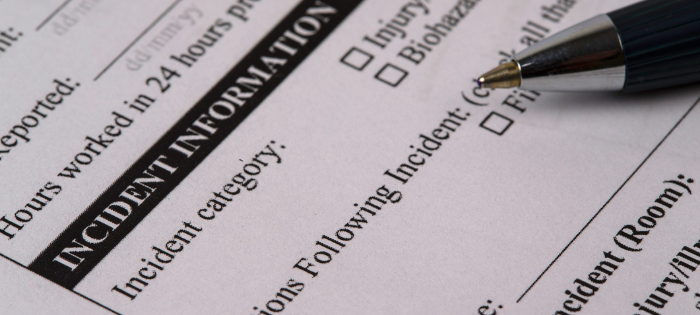
Kestrel Tellevate News
Comments: No Comments
After months of negotiations, the House of Representatives passed the Build Back Better Act (BBBA), H.R. 5376—also known as the reconciliation bill—on November 19, 2021. The BBBA is intended to fulfill aspects of President Joe Biden’s Build Back Better Plan. And while some would consider the most recent version less ambitious than previous iterations, it retains many major provisions related to social programs, taxes, climate change, family aid, and worker safety.
Amendments to the Occupational Safety and Health Act
As currently proposed, the BBBA would include the first amendment to the Occupational Safety and Health (OSH) Act in nearly 20 years, when it was updated to reflect bioterrorist threats to workers in the aftermath of 9/11. This includes increasing funding to make significant improvements in workplace safety protection for American workers:
- $707 million to Occupational Safety and Health Administration (OSHA) for carrying out enforcement, standards development, whistleblower investigations, compliance assistance, funding for state plans, and related activities within OSHA.
- $133 million to Mine Safety and Health Administration (MSHA) for carrying out enforcement, standard setting, technical assistance, and related activities.
Perhaps even more immediately impactful to industry, the BBBA would also include significant increases to OSHA’s maximum penalties:
- Penalties for serious violations would increase from a current maximum of $13,653 (inflation adjusted) to $70,000.
- Penalties for willful, repeated, and failure-to-abate violations would increase from a maximum of $136,530 (inflation adjusted) to $700,000 (and from a minimum of $9,753 to $50,000).
Note that these are maximum penalties on a per-day basis. Small- to medium-size businesses would likely incur lesser fines based on the four factors OSHA considers when deciding the actual penalty level, including:
- Gravity of the violation
- Employer’s size
- Employer’s “good faith”
- Employer’s history of compliance
According to former OSHA head David Michaels, “Many large employers treat current OSHA fines as cheaper than the cost of a safety consultant. This dramatic increase will save lives by encouraging firms to eliminate hazards before workers are hurt.”
House Education and Labor Committee Chair Bobby Scott (D-VA) agreed with these sentiments in a September 9, 2021, press release, stating, “As part of the Build Back Better Plan, workers’ rights are strengthened with provisions to apply civil monetary penalties for labor law violations and by updating the dollar amount of worker safety penalties so they are large enough to serve as an adequate deterrent.”
Get Ready…
There may still be a lot of work to do for the Senate to pass the BBBA—and what the Act’s final provisions will include is still not entirely certain. However, the latest iteration provides a good picture of where OSHA is headed. The federal government recognizes that OSHA’s penalty levels are significantly lower than other agencies and, correspondingly, that OSHA’s rigor in application of penalty has been much lower.
Over 50 years since the OSH Act was passed, the government is trying to remedy both. The BBBA changes would authorize OSHA to enforce high enough penalties to significantly impact businesses that violate the law and injure or kill workers.
While OSHA doesn’t have the resources to audit or fine everyone, the agency will likely make an example of a few major violators to deter others from non-compliance. The best way to get ready for this potential wave of new enforcement is to be prepared:
- Make sure you have the processes, programs, and systems in place—and documented—to ensure you are always protecting employees’ safety and health and meeting OSH Act requirements.
- Establish a centralized location, like a Compliance Management System (CMS), to track and manage all safety-related information to not only help ensure going compliance but to also provide the documentation required should an inspection occur.
- Understand what to expect from an OSHA inspection and prepare your staff to respond appropriately and locate requested documentation.
And, as always, good faith goes a long way. If there are issues, fix them and document them. Abatement efforts matter.
